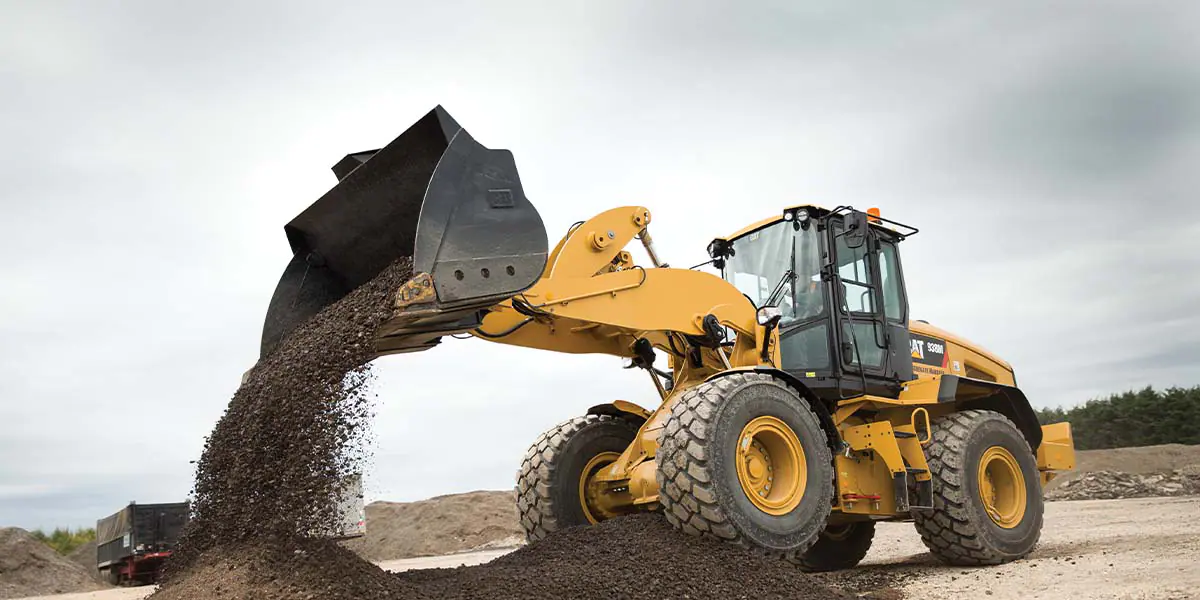
Preparing Your Wheel Loader for Cold Weather Months
Category: Product Support
Wheel loaders do some of their heaviest lifting during the coldest months of the year. For example, loaders are often used to clear roads, parking lots and other surfaces after heavy snowfall. Wheel loaders are perfect for lifting and dumping snow — but only if they have been properly prepared for winter operation.
What should you do to prep your wheel loader for the cold winter months? Here’s a look at five proactive measures you can take to ensure your wheel loader is operating at its full potential this winter.
1. Store Your Wheel Loader Indoors
One of the best things you can do for a wheel loader this winter is store it indoors. When a wheel loader sits outside, its battery must work overtime to start the engine. If available, store wheel loaders inside heated facilities rather than non-temperature-controlled structures. This is especially important if you live in a climate where the temperature commonly drops below zero.
It’s not always possible to store a wheel loader indoors. They’re large pieces of equipment, and some simply may not have indoor space for an asset that big. If you must keep your loader outdoors, consider using a block heater to keep the engine from getting overly cold.
2. Check Batteries, Tires and Other Important Components
Components like batteries and tires have a huge impact on how productive your loader can be during winter. If the cold weather lowers tire pressure, for example, your loader will feel like it’s operating in a sluggish manner. Cold weather can also be tough on batteries, so make sure your battery is up to the task of wintertime operation.
What other components should you check? Make sure that windshield wipers are operating properly, and conduct a visual examination in search of potential leaks. The last thing you want in winter is melted snow finding its way inside the loader.
3. Use Proper Filters and Fluids
Your loader will run best with winter-specific fuel and engine oil. Check to see what your loader’s manufacturer recommends on both fronts, and make the switch as the weather turns so that your loader continues to operate efficiently. Failing to switch to winter-specific fuel and engine oil can be hard on your loader’s internal components and lead to premature wear and tear.
4. Review the Manual
When in doubt, always consult your loader’s operation manual. The manufacturer will make recommendations for fuel and engine oil , as well as other winter-specific maintenance tasks that will keep your operation in full working condition. Most manufacturers even include season-by-season checklists — and the winter checklist if perhaps the most essential to complete.
5. Don’t Forget the Attachments
If you use buckets, pushers, couplers or other attachments, conduct a visual examination in search of damage or emerging trouble areas. You’ll want to make sure your attachments are fully prepared for hard working in winter, just like the loader itself.
Have Questions About Winter Prep for Loaders?
If you have questions about preparing a loader for winter, the team at NMC CAT has answers. At NMC CAT, we are the provider of Caterpillar® equipment and service in Nebraska and Pottawattamie County, Iowa. We’re here to meet your equipment needs and provide expert guidance.
Contact us today with questions about wheel loaders and wintertime maintenance.
